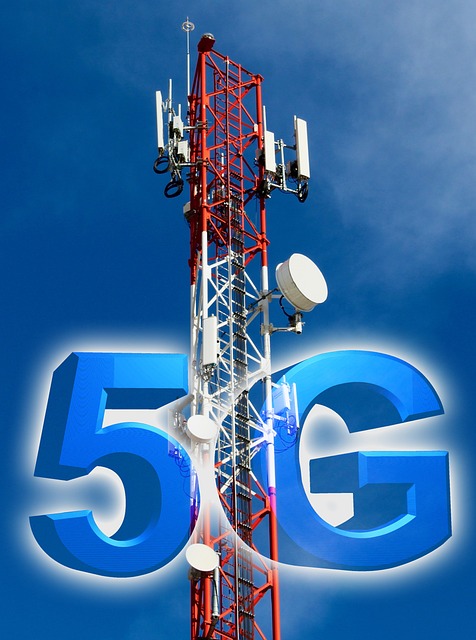Introduction
5G technology has been the buzzword in the tech industry for the past few years and for a good reason.
The fifth generation of wireless technology promises to revolutionize the way we live, work and play by providing faster, more reliable and more secure internet connections.
5G will bring about a new era of innovation, enabling new use cases and applications that were previously not possible with 4G or any previous generation of wireless technology.
What is 5G?
5G is the fifth generation of wireless technology that succeeds 4G, offering faster download and upload speeds, lower latency, and more reliable connections.
It enables high-speed communication and data transfer, making it possible to stream high-quality videos, play online games, and perform complex tasks such as telemedicine, autonomous vehicles and remote surgeries with ease.
5G uses a higher frequency band, known as millimeter waves, to transmit data, which provides more bandwidth and reduces congestion on the network.
How 5G Works
5G technology operates on a variety of frequency bands, including low-band, mid-band and millimeter-wave bands.
Low-band 5G operates on frequencies below 1 GHz and provides wide coverage, while mid-band 5G operates on frequencies between 1 and 6 GHz, offering a balance between speed and coverage.
Millimeter-wave 5G operates on frequencies above 24 GHz and provides extremely fast speeds, but the signal can be obstructed by physical barriers such as buildings, trees and walls.
5G networks also utilize multiple input multiple output (MIMO) technology, which allows multiple antennas to transmit and receive data simultaneously.
This enhances the capacity of the network and enables more users to access the network at the same time without any degradation in performance.
In addition, 5G technology employs beamforming, which focuses the signal in a particular direction, providing better coverage and reducing interference from other devices.
Benefits of 5G
Faster Speeds and Lower Latency
One of the biggest benefits of 5G technology is the increase in speeds and reduction in latency.
5G can provide download speeds of up to 10 Gbps and upload speeds of up to 6 Gbps, which is significantly faster than 4G, which typically provides download speeds of 1-2 Gbps.
This means that users can stream high-quality videos, play online games, and perform complex tasks without any buffering or lag.
In addition, 5G technology reduces latency to just 1 millisecond, making it possible to perform real-time applications such as remote surgeries, autonomous vehicles and virtual reality with ease.
Improved Connectivity and Network Capacity
5G technology also provides improved connectivity and network capacity, enabling more devices to be connected to the network at the same time without any degradation in performance.
This will be especially important in crowded areas such as sports stadiums, shopping centers, and airports where large numbers of people use their devices simultaneously.
5G also enables the creation of private networks, which can be used by businesses and other organizations to provide secure and reliable communications.
New Use Cases and Applications
5G technology opens up a world of new possibilities and enables new use cases and applications that were not possible with previous generations of wireless technology.
For example, 5G technology will make it possible to perform remote surgeries, control autonomous vehicles, and create virtual and augmented reality experiences that are more immersive and interactive.
5G will also enable the creation of smart cities, where devices and sensors are connected to the network to improve efficiency and provide real-time data for decision making.
Challenges and Concerns
Despite the many benefits of 5G technology, there are also some challenges and concerns that need to be addressed.
One of the main challenges is the limited availability of 5G networks, which are still in the process of being rolled out globally.
Another challenge is the high cost of implementing 5G networks, which may make it difficult for some countries and organizations to adopt this technology.
Another concern is the potential impact of 5G on health and the environment.
There is currently limited research on the potential health effects of millimeter-wave 5G technology, which operates at a higher frequency than previous generations of wireless technology.
It is important that further research is conducted to ensure that 5G technology is safe for both human health and the environment.
Conclusion
5G technology is set to revolutionize the way we live, work, and play by providing faster, more reliable, and more secure internet connections.
With its increased speeds and reduced latency, 5G will enable new use cases and applications that were previously not possible.
However, there are also challenges and concerns that need to be addressed to ensure that 5G technology is widely adopted and provides benefits for all.
The future of 5G is exciting, and we can expect to see many new innovations and advancements in the coming years.
